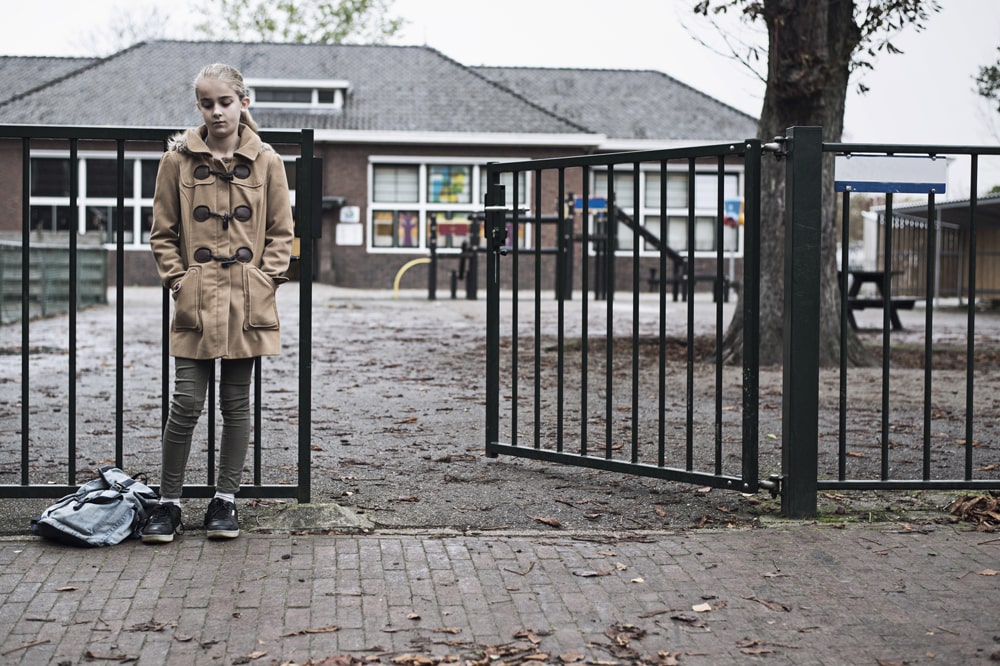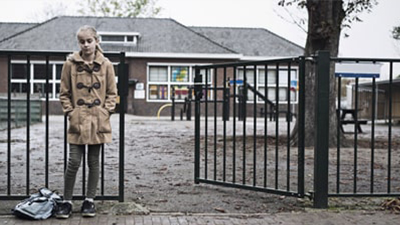Signs & Indicators of Child Sexual Exploitation

Physical Signs:
In our child protection remit we must be aware and vigilant to identifying the signs and symptoms that may indicate CSE. Whilst not solely attributed to CSE (some of the signs listed could be typical teenage behaviour) these physical, psychological and behavioural indicators should prompt practitioners to consider that this form of abuse may be happening. So here’s a quick reminder:
- Injuries that are unexplained or where the explanation is not plausible;
- Substance misuse (including drugs and alcohol);
- Rapid changes in appearance;
- Repeat miscarriages or pregnancies;
- Health / Sexual health related problems including sexually transmitted infections;
- Self harm;
- Attempted suicide.
Psychological Signs:
- Eating disorders;
- Disassociation with friends, family or other individuals /groups;
- Depression;
- Anxiety;
- Being secretive and / or withdrawn;
- Displaying feelings of helplessness;
- Self harm activities / overdosing;
- Suicide ideation;
- Post traumatic symptoms;
- Sleep disorders;
- Psychotic episodes.
Behavioural Signs:
- Receiving money or gifts- this may be as a reward in the grooming process or as a reward for recruiting others into CSE;
- Regularly arriving late or going missing from home;
- Being known to regularly travel from their home area to other locations (County Lines model) / having knowledge of locations they have had no previous connection with;
- Staying out at night with no explanation of where they were or what they were doing;
- Non/ low attendance, unexplained absence and school exclusions;
- Demonstrating defensive behaviour when questioned about where they’ve been or what they’ve been doing;
- Volatile behaviour;
- Aggressive behaviour / conduct problems;
- Reduced contact with family, usual friends or other groups;
- Known or reported to be in a relationship with a much older adult;
- Associating with an unknown adult and / or new groups of friends;
- Association with a series of unknown adults;
- Association with other young people at risk or known to be sexually exploited;
- Frequenting pubs / bars with unknown adults;
- Being seen in known hotspot areas;
- Involvement in criminal offending;
- Repeat criminal offending;
- Gang membership or association;
- Accepting money, gifts, mobile phone credit, drugs or alcohol;
- Sexualised/ risk taking internet and mobile phone activity (including sexting);
- Having multiple mobile phones / SIM cards;
- Refusing / withdrawing a sexual assault complaint following initial disclosure;
- Breakdown of care placements due to behaviour;
- Reported to be exchanging / selling sexual activity.
This checklist is not exhaustive but is designed to promote awareness of potential CSE indicators. Remember it is not your duty to investigate or to categorise types of abuse but to share any concerns.
SSS Learning Safeguarding Director










